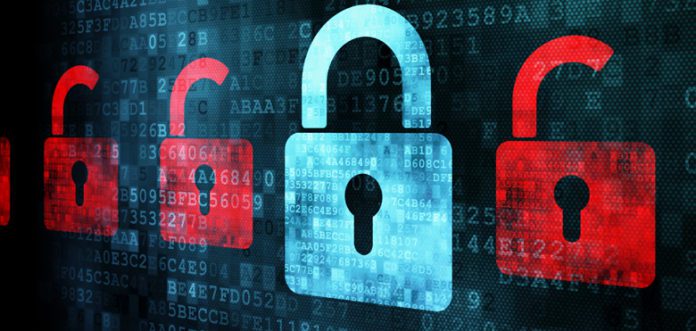Helping Employees Work Remotely but Securely
Working securely from home can be a learning curve to some employees, especially if they are used to a more traditional office work environment. Here are some options for how to make the transition smoother.
Tools and Technology
The first thing is to ensure that employees all have the right technology and tools at their fingertips. Make sure that any devices they have to work remotely, i.e. smartphones or laptops, are up to date with all appropriate security measures like firewalls. Send reminders when software needs updated and reduce the use of personal devices to do work where possible.
Implement VPNs and multi-factor authentication on systems to keep data as secure as possible, let employees know in advance any changes this will make and potential issues they may have.
Security Policies and Best Practise Checklists
Create a clear security policy that is tailored to your organisation’s needs. It doesn’t matter if it is well-defined, if it isn’t followed it will be ineffective. Define what objectives your company actually needs to make in order to be secure and don’t be onerous in the measures you put in place. Attempt to find a balance that allows you to keep secure but doesn’t create too much extra effort for your employees so they start looking for work-arounds.
Training
“You can have all the tools in the world but without proper training it is a pointless endeavour” says Theresa Smith, a business writer at Elite assignment help and OX Essays.
This is an essential part of helping your employees to work more securely. Firstly, training on cybersecurity can allow your employees to understand the risks that are out there and have more ownership over the security measures that are in place. Most security breaches come from employees not recognising spam messages or phishing attacks, training can help them easily identify these and flag them to the appropriate channels.
Secondly, if you train staff on the tools that are available and policies that are specifically set in place then you can be guaranteed that they have been informed of these key points. Any guides relating to the tools available and the security policy should also be made available to employees if they need them.
Finally, training staff means you’re less likely to get security breaches by error as staff understand more how to work remotely but securely. More support and training may be needed towards the start of working remotely as people get used to a new way of working, but soon it will become second nature.
Empower Employees and Give Trust
Part of this comes with effective training, but if your employees feel trusted and empowered they are more likely to feel part of the business and take ownership of their own security measures.
Marketing manager Jessica Miller, UK Writings and Revieweal, advises “Treating your employees well and with respect garners loyalty and reduces internal security breaches”.
Empowerment and trust does not mean completely negating any potential backups, it is a wise idea to have employees sign a Non-Disclosure Agreement (NDA) just in case to cover you legally.
Password Security
Passwords are one of the main areas where security tends to fall apart. All employees should be told to use a variety of unique passwords that they update on a regular basis. Look into potential password managers that you can recommend or provide to employees to make this easier and have the system remind them to change their passwords frequently.
Provide some training on this topic to help employees understand this requirement. Many employees will use easily guessed phrases or reuse the same password on various applications and websites.
Use Monitoring Software
Monitoring software has two areas of focus. First is software that monitors devices for attacks and vulnerability. This should be installed on all devices and kept up to date alongside other security tools and employees should be given adequate training on how to effectively use this tool.
The second is software that monitors the work practices of employees like screen time and activity logs. Try not to go full Big Brother with this and inform all employees in advance if you plan on using this software. Keep usage to a minimum, just to ensure employees use security best practices, and do not abuse this software.
Overall, the main thing you can do is provide your staff with the right tools and enough training that they can work securely. Treat employees with respect and empower them to take security seriously to reduce internal breaches.
Project manager Christina Lee, Essay Roo and University assignment help service, writes for Assignment writer on marketing news and technologies.
1 in 10 corporate servers, web apps and digital infrastructure vulnerable














